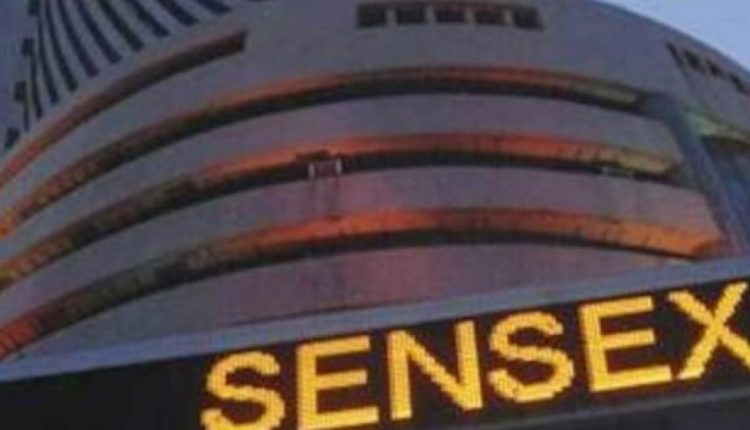Jefferies’ Christopher Wood in his latest GREED & fear note said there is potential for renewed outperformance by India in an Asian and emerging market context. Valuation-wise, he said India’s valuation premium vi-a-vis China is in line with historical average. Domestic inflows in India are strong and sticky and that the domestic demand story stays intact. Besides, the RBI may be done with rate hikes and a credit cycle is on the cards, Jefferies said.
China vs India
Wood said the valuation differential between India and China has reverted to its traditional mean after the huge 65 per cent outperformance of MSCI China over MSCI India since the end of October 2022 to late January following the China re-opening.
Nifty’s PE premium to the China H-share index (HSCEI), thus, has declined from 208 per cent at the end of October to 115 per cent, in line with the 10-year average of 118 per cent.
“This sets up the potential for renewed outperformance by India in an Asian and emerging market context, most particularly as Jefferies head of India research Mahesh Nandurkar has been arguing of late that dedicated long-only foreign investors are Underweight India,” Wood’s GREED & fear note read.
Sticky equity flows
Wood said it is certainly impressive that, despite $2.8 billion of foreign net selling of Indian equities year to date, domestic equity mutual fund inflows have remained positive with the latest data showing a renewed pickup.
Net inflows into equity mutual funds, he noted, rose from Rs 11,000 crore in December to an eight-month high of Rs 18,600 crore in February, after bottoming at Rs 4,200 crore in November. Most of these inflows, he said, continue to come from the Systematic Investment Plan (SIP) where monthly inflows are debited from salaries.
“SIP inflows rose from Rs 13,600 crore in December to a record Rs 13,900 crore in January and Rs 13,700 crore in February. Naturally, such inflows are stickier than the activity of retail punters speculating via derivatives and represent an ongoing structural positive for the stock market,” he said.
Domestic demand story intact
Wood said the domestic demand story certainly remains intact to justify the continuing belief in the equity market. Loan growth has slowed somewhat, he said, but still remains solid at 15.5 per cent YoY in late February, down from 18 per cent YoY in early October.
“The confidence of Indian private banks is reflected in operating expenditure opex) growth rising by 21 per cent YoY in FY22 and 23 per cent YoY in the three quarters to December, the highest growth rate in ten years. This includes investment both in digital platforms and the expansion of new branches,” he said.
Besides, the recovery in the residential property market also continues even as mortgage rates have risen to 8.7 per cent, it said. Primary residential sales in the top seven cities monitored by consultant PropEquity rose by 7 per cent YoY in January, while inventory in the top seven cities is at 10-year lows running at 18 months of sales, Jefferies said. The average selling price increased by an estimated 10.2 per cent YoY in the top seven cities in Q1CY23, it noted
Money tightening all but done
The monetary tightening cycle also looks all but done to GREED & fear, following 290 bps of tightening since April 2022, with the policy repo rate now at 6.5 per cent. Inflation remains relatively well behaved. Headline CPI and core CPI rose by 6.4 per cent YoY and 6.1 per cent YoY respectively in February (see Exhibit 21), while money markets are now discounting at most one more rate hike in this cycle. The Reserve Bank of India (RBI) projects inflation to decline to 5.0% YoY in 1QFY24
Capex cycle coming
Jefferes said the economic indicators suggests that a private sector-led capex cycle is now due, if not overdue, given that the banking system is healthy in terms of an eight-year low in the non-performing loan (NPL) ratio, the corporate sector is unleveraged and profitability is rising in terms of listed companies’ ROE.
“India gross NPLs have declined from 11.2 per cent in FY18 to an estimated 4.7 per cent in FY23, the lowest level since FY15. Private non-financial corporate debt has declined from 78 per cent of GDP at the end of 2012 to 52 per cent, while the gross debt-to-equity ratio for the 600 large listed companies is now only 0.6x, down from 1.0x in FY15. Finally, the MSCI India’s ROE has risen from 9.8 per cent in FY20 to 15.3 per cent in FY22 and an estimated 13.2 per cent in FY23 ending 31 March,” he said.
Also read: Stocks in news: ITC, Vedanta, Campus Activewear, Maruti Suzuki and more
Also read: TCS, Infosys, Wipro, HCL Tech, TechM shares: What Accenture’s Q2 results, layoffs suggest


